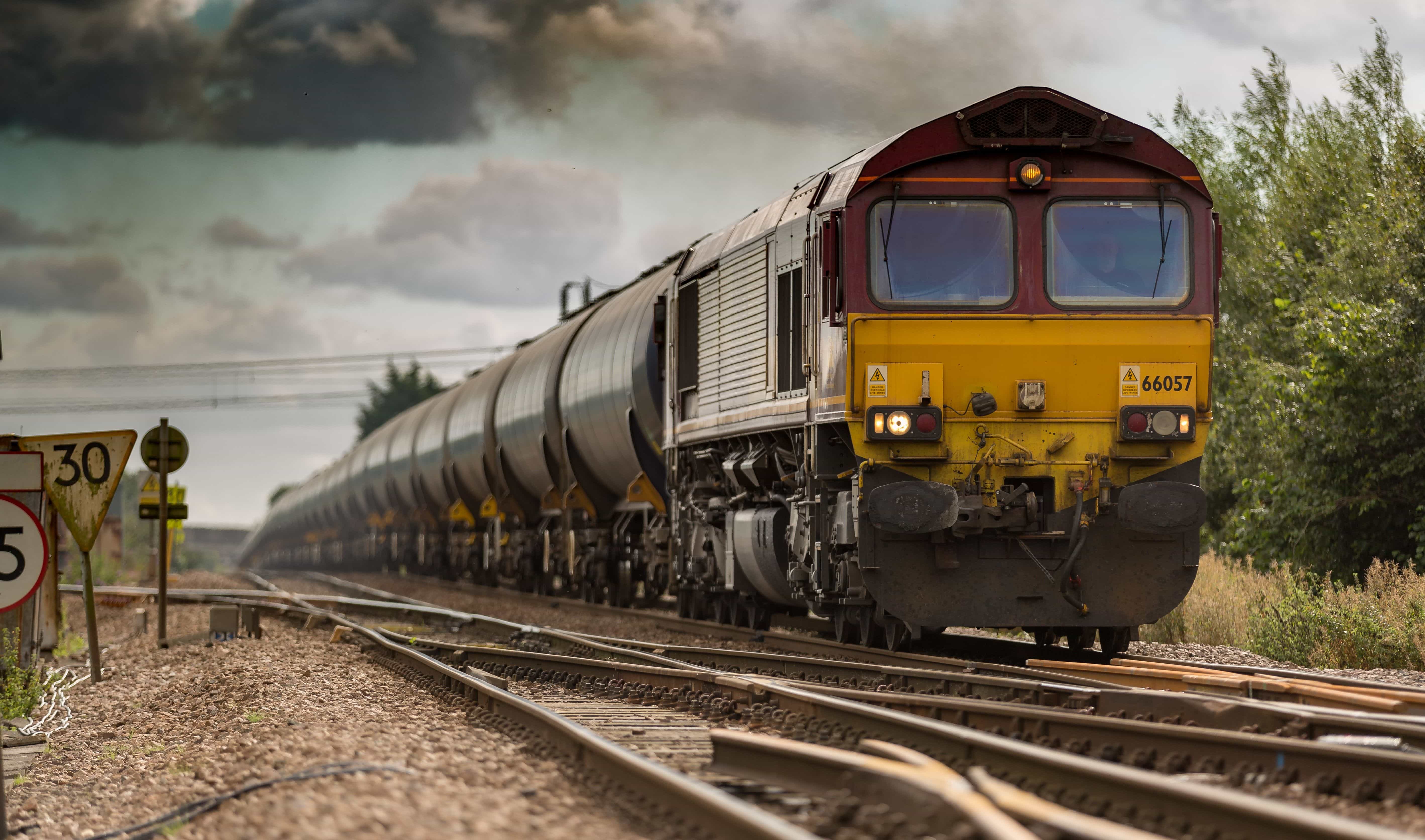
Monitor your mobile assets through our web based solutions
Cargo integrity
GPS monitoring gives you alerts to impacts, temperature changes, and when doors open to ensure cargo integrity.
Safety
Enhance safety from crew and assets visibility to monitoring hot bearings and handbrake position.
Maintenance
Prevent wheel damage, monitor repair length, and know when to perform preventative maintenance with help from GPS monitoring.
Productivity
Improve asset utilization with easy to draw geo-features for optimal response upon arrival, departure, or routing changes. Depend on GPS with immediate visibility and seamless integration into existing software platforms for reliable answers.
Regulation and fees
From tax reporting challenges to ELD compliance, Lat-Lon and Geotab have the right solutions for you.


Over 24 years of solar powered monitoring experience
Our Solar Powered GPS devices are tested to the toughest standards, ensuring a long and functional life span. Our units provide a reliable frequency that needs little to no maintenance. Monitoring mobile assets increases productivity, reduces dwell times, gives you exact location, and alerts you of any issues.
Get a quoteOur solar products
Contact Us
At Lat-Lon we strive to make your life easier by creating simple and effective solutions to all your transport needs. Contact us today and we can start the process to an effective and also productive monitoring system.
Support
supportlat-lon@geotab.com
Sales
saleslat-lon@geotab.com
Phone number
1-877-300-6566
Lat-Lon, Denver
2300 South Jason St Denver, Colorado 80223